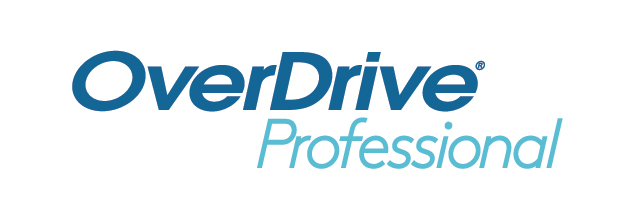ATD Blog
Corporate Culture: How to Make It an Asset for Your Company
Thu Feb 11 2021

When talking about working for companies like Google or Apple, corporate culture often comes up. But culture is about more than free food, coffee, or a game system in an employee lounge, and is not an edict from human resources. Culture is a driving force for companies to meet ambitious goals and outperform competitors, exceed market expectations for shareholders, and retain employees. Companies that cultivate a healthy culture have a bright future despite the state of the economy.
O.C. Tanner Learning Group research found that:
• 79 percent of employees who quit their jobs cite a lack of appreciation as a key reason for leaving.
• 65 percent of US workers report they weren’t recognized even once last year.
Gallup determined that companies that recognize and celebrate employee wins experience a:
• 50 percent increased productivity
• 44 percent higher profits
• 50 percent higher customer satisfaction
• 13 percent less employee turnover
Jim Collins, author of Good to Great, found that success results from three factors: disciplined people, disciplined thought, and disciplined action. Leaping from good to great can only be accomplished if your organization’s culture supports and rewards these behaviors and actions, which often starts with the hiring process. As organizational psychologist and bestselling author Adam Grant noted, if you want to hire original thinkers who will drive innovation, stop looking for people who will be a good cultural fit and start seeking those who can make a cultural contribution.
Establishing a culture is key to your organization’s identity and benefits the bottom line as much it does your employees. Building an effective company culture is a long-term process. It cannot be faked or rushed. It requires consistent attention, nurturing, and evaluating. For implemented initiatives and benefits to make sense for the culture and do good for the organization, employees must be invested in the process.
Points to Consider
It’s important to have a defined mission statement and values that are clear to the public, shareholders, and employees.
A strong culture increases employee retention, which is why it is vital that culture considerations are included in strategic planning and the rewarding and celebrating of employee contributions.
A positive culture fosters trust, respect, and dignity.
Culture supports employee growth within the organization, inspiring them to take ownership of innovation and projects.
Culture promotes learning and professional development while reducing toxic behaviors and poor work ethic.
An effective way to instill specific themes or topics that advance your corporate culture is to provide your staff a library with books and audiobooks that support skill advancement, leadership, innovation, diversity and inclusion, and professional development. Creating book clubs or all-company reads are simple, low-cost ways to stress culture traits your organization wants to cultivate or highlight, such as sustainability, customer service and accountability. Habitual reading also improves brain connectivity, increases your vocabulary and comprehension, and empowers you to empathize with other people. There are other health benefits to reading too, including improved sleep readiness, reduced stress and depression symptoms, lowered blood pressure and heart rate, and prevention of cognitive decline as you age. Those are traits every organization wants for employees.

